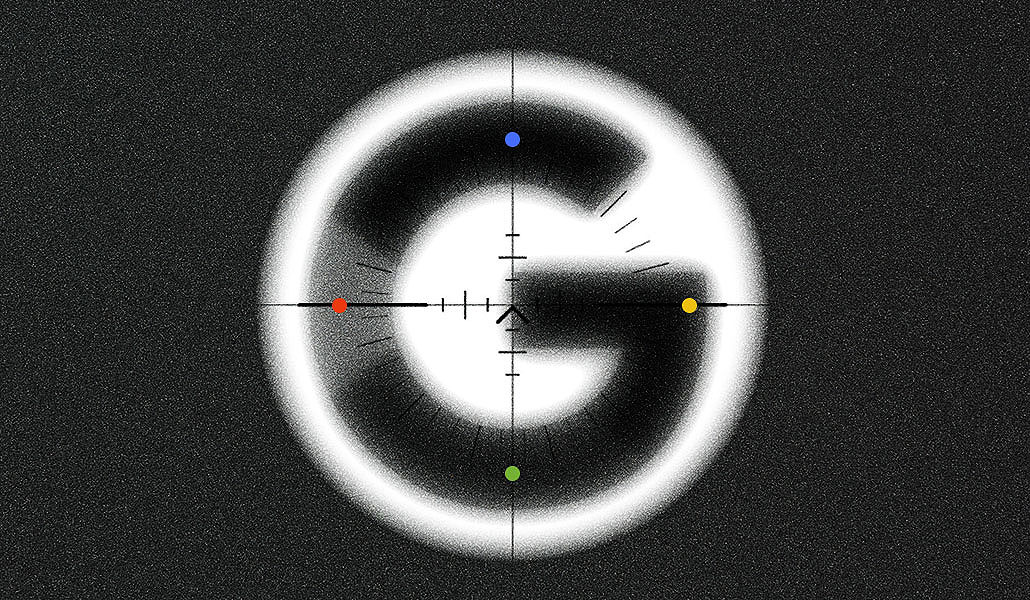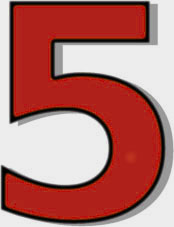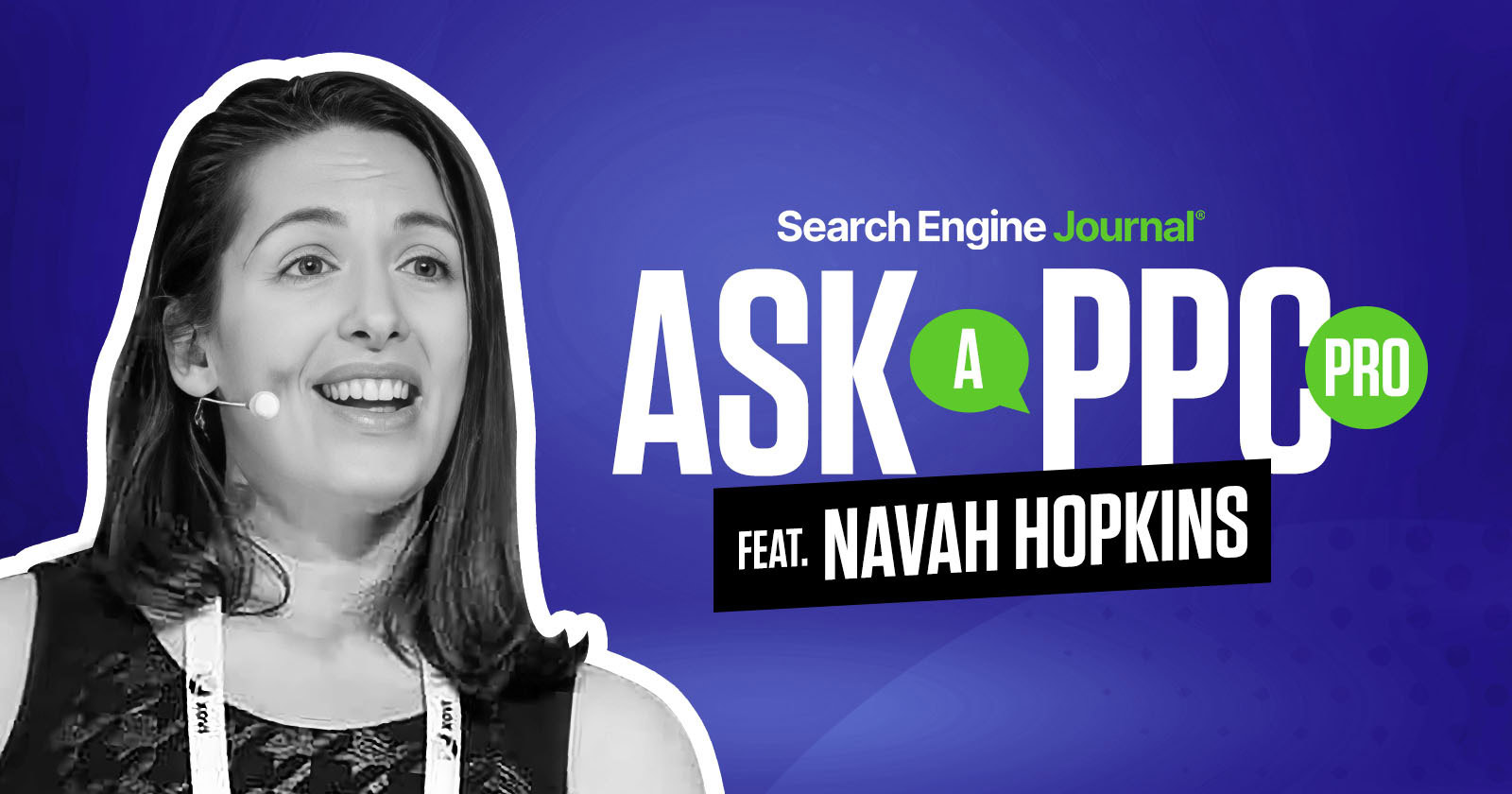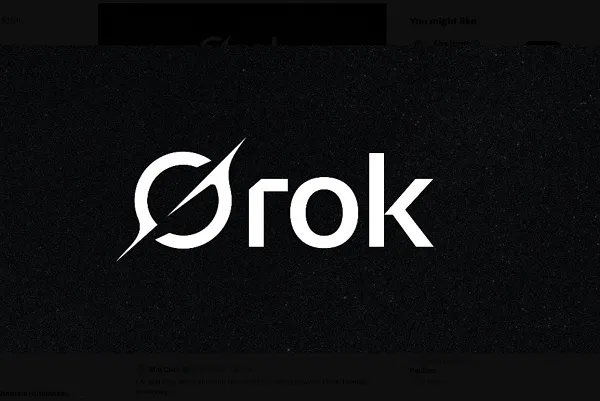CRUMB
Far out, era defining, and often deeply problematic, Crumb’s comics captured the zeitgeist of the ’60s and ’70s counterculture and continue to inspire legions of artists today. Emerging from a traumatic youth with unfiltered sexual hang-ups and a love of prewar comics, Crumb grew to be an unlikely hero of the scene. His characters like Fritz the Cat and the bearded guru Mr. Natural ushered in an acid-washed wave of irreverent adult comics that, biographer Nadel (It’s Life as I See It, 2011, etc.) explains, built an audience across “overlapping cultures: stoned hippies who spotted a fellow traveler, intellectuals who could see its meta-layers, and comics fans who respected the drawing and verve.” A collaborative champion, Crumb published anthologies like Zap and Weirdo, in which he used his star power to support the work of other contributors. Drawn in virtuosic inky crosshatch, his brazen comics are at once stunning and troubling to read, often teeming with misogyny and sexual deviance. But Nadel explains Crumb is “willing and compelled to expose his darkest impulses to exemplify the male id; he risks being shunned to demonstrate the viciousness of racism. He demands we pay attention no matter the cost.” Crumb’s great success can be traced to the palpable trust between Nadel and his subject: Nadel warmly channels present-day Crumb’s elder remembrances throughout the biography in a way that enlightens the text with an unsuspecting maturity. “Robert imposed just one condition on this book,” Nadel writes in his foreword, “that I be honest about his faults, look closely at his compulsions, and examine the racially and sexually charged aspects of his work.” A tall order, as much of Crumb’s seminal oeuvre is built on his own perverted fantasies, but Nadel deftly contextualizes the artist’s salacious output within a finely rendered record of the artist’s private life and within an electric chronicle of the underground comics wave.


Far out, era defining, and often deeply problematic, Crumb’s comics captured the zeitgeist of the ’60s and ’70s counterculture and continue to inspire legions of artists today. Emerging from a traumatic youth with unfiltered sexual hang-ups and a love of prewar comics, Crumb grew to be an unlikely hero of the scene. His characters like Fritz the Cat and the bearded guru Mr. Natural ushered in an acid-washed wave of irreverent adult comics that, biographer Nadel (It’s Life as I See It, 2011, etc.) explains, built an audience across “overlapping cultures: stoned hippies who spotted a fellow traveler, intellectuals who could see its meta-layers, and comics fans who respected the drawing and verve.” A collaborative champion, Crumb published anthologies like Zap and Weirdo, in which he used his star power to support the work of other contributors. Drawn in virtuosic inky crosshatch, his brazen comics are at once stunning and troubling to read, often teeming with misogyny and sexual deviance. But Nadel explains Crumb is “willing and compelled to expose his darkest impulses to exemplify the male id; he risks being shunned to demonstrate the viciousness of racism. He demands we pay attention no matter the cost.” Crumb’s great success can be traced to the palpable trust between Nadel and his subject: Nadel warmly channels present-day Crumb’s elder remembrances throughout the biography in a way that enlightens the text with an unsuspecting maturity. “Robert imposed just one condition on this book,” Nadel writes in his foreword, “that I be honest about his faults, look closely at his compulsions, and examine the racially and sexually charged aspects of his work.” A tall order, as much of Crumb’s seminal oeuvre is built on his own perverted fantasies, but Nadel deftly contextualizes the artist’s salacious output within a finely rendered record of the artist’s private life and within an electric chronicle of the underground comics wave.
















































![How Marketers Are Using AI for Writing [Survey]](https://www.growandconvert.com/wp-content/uploads/2025/03/ai-for-writing-1024x682.jpg)
















































![31 Top Social Media Platforms in 2025 [+ Marketing Tips]](https://static.semrush.com/blog/uploads/media/0b/40/0b40fe7015c46ea017490203e239364a/most-popular-social-media-platforms.svg)





















![Gated Content: What Marketers Need to Know [+ Examples]](https://www.hubspot.com/hubfs/UNGated%20Content.png)



















